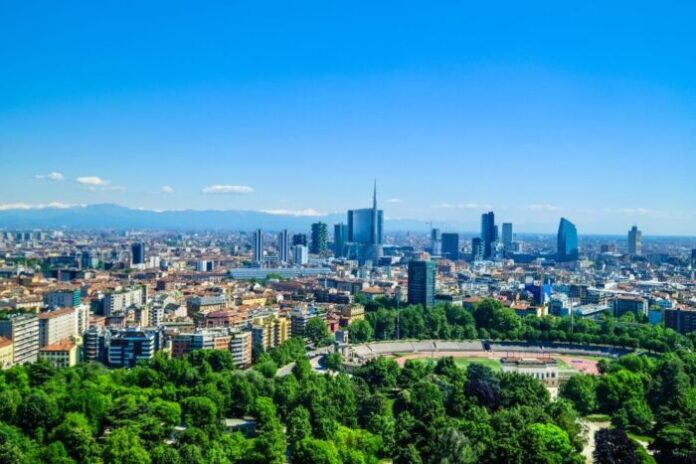
The growth of cities is causing the consumption and loss of a fundamental environmental resource: the soil. However, the phenomenon can be countered by investing in redevelopment and regeneration works capable of transforming abandoned urban areas into active neighborhoods from an economic and social point of view.
The phenomenon of land consumption and data in Italy
The demographic increase, the growth of urban areas and industrial activities inevitably entails an increase in buildings, structures and plants which contribute to aggravate the phenomenon of land consumption.
The data in our country are not encouraging; according to the 2019 Ispra report on land consumption, in 2018, Italy lost 24 square meters for every hectare of green area, and, in the last six years, it lost green areas that were capable of producing 3 million quintals of agricultural products and 20 thousand quintals of wood products useful to ensure the storage of about 2 million tons of carbon.
The soil with its wealth of biodiversity plays very important functions in the great biogeochemical cycles (such as those of carbon, nitrogen and phosphorus), in water cycles, in the formation and maintenance of terrestrial ecosystems and the presence of vegetation on Earth.
This means that, considering the vital importance of soil for life on the planet, and in light of the negative data on soil consumption analyzed above, a worsening of the picture could cause further damage, aggravating the effects of climate change.
Urban regeneration: here is the solution to combat land consumption
Fortunately, the phenomenon of land consumption can be tackled by moving away from the concept of uncontrolled growth in urban areas and approaching the principle of sustainable development.
In order to stem the phenomenon of land consumption, without limiting the development of cities and metropolises, it is necessary to design processes of regeneration and redevelopment of neighborhoods and entire abandoned urban areas.
This would relaunch the economy of entire areas of the city that are now abandoned.
The redevelopment of an urban area, in fact, must start from new concepts of inhabiting and living in common spaces, favoring social inclusion and sharing of neighborhood spaces. The relaunch of the peripheral areas and the safety of the neighborhood also depends on the inclusion of new economic activities capable of attracting the inhabitants, repopulating the previously abandoned areas.
In this way, the conditions for more ethical and moral behavior on the part of citizens would be created in a natural and physiological way, more consistent with the external context, characterized by cycle-pedestrian paths, latest generation structures, well-kept and well-managed green areas. and new commercial activities capable of attracting children, adults and entire families.
The redevelopment and regeneration interventions also reduce polluting emissions (for example due to urban traffic) by investing in sustainable mobility (with an increase in green areas, cycle-pedestrian paths or by encouraging car-sharing and the use of electric vehicles) and plants capable of exploiting renewable energy sources, minimizing the environmental impacts of the structures in the area and improving the quality of life of citizens.
Ultimately, urban regeneration projects could prove to be a winning solution in order to guarantee the growth of cities, limiting the phenomenon of land consumption and guaranteeing the improvement of citizens’ well-being and quality of life, with consequent economic, environmental and social advantages that can be obtained. in the “redeveloped” areas that would become strategic for the future development of urban areas.



































